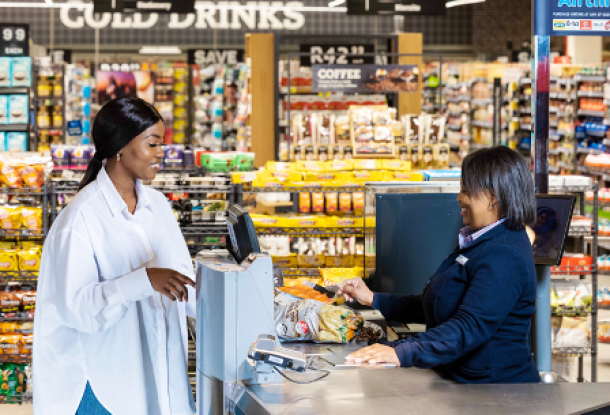Virtual reality shopping about to become a... reality
A shopper in France gazes into a virtual reality headset and is transported to the bustle of a Manhattan street, then steps into a high-end boutique to browse crystal chandeliers, a chaise lounge draped with a sheepskin throw, and designer trousers.
Virtual reality, the panoramic technology with roots in gaming, is being adapted for retail consumers within the next year, aiming to pair the ease of e-commerce with the thrill of real-life shopping.
While no retailers have yet announced a virtual storefront, developers are experimenting with experiences that shoppers could enter with devices such as Google Inc’s Cardboard or Facebook Inc’s Oculus Rift.
Marketing agency SapientNitro, owned by Publicis Groupe, worked with luxury boutique The Line to develop a demonstration that takes people into the brand’s Manhattan store, The Apartment. It plans to show the technology this week at the Cannes Lions marketing industry conference in France that runs through Saturday.
"This was about creating a vibe relevant to what the Apartment is doing," said Adrian Slobin, global innovation lead at SapientNitro. "It’s a SoHo-based, heavily curated, high-end brand experience." Using a Samsung Gear VR headset with the Samsung Galaxy Note 4 phone, viewers can walk around the store and fix their gaze on hotspots to approach furnishings. They then can hear a description through headphones placed over the headset, see the cost, and explore different angles. A tap of the headset adds the product to a virtual shopping cart.
The technology is still in its infancy, but Mr Slobin says the experiences will coincide with the release of consumer headsets next year.
The concept poses challenges, from finding early adopters to a potential to take sales from brick-and-mortar stores, said Sanjay Mistry, director of architecture at Unity, a software company used by VR developers to create experiences.
"The adoption will be slow, but this is building the technology for the future," Mr Mistry said.
Next year, virtual reality will become more widely available when Oculus releases its consumer Rift headset that can be used for multiple virtual reality experiences including shopping. It will cost up to $1,500 for the device and a computer that can run it, Oculus CEO Brendan Iribe has estimated. Sony Corp will also launch its Morpheus headset.
To interest customers, Mr Slobin said virtual reality will have to offer an experience over and above what shoppers can do within a physical store or on an e-commerce website.
Earlier this year, SapientNitro and virtual reality developers Sixense created a demonstration where a consumer could virtually browse shoes from a display, "pick up" a product with their hands, try them on an avatar with an outfit, and purchase. The platform can learn what the consumer seeks and become more personalized with frequent use.
With more devices available, friends near and far could go "shopping" together in a virtual world, creating a more immersive social experience within the digital realm.
Virtual reality shopping can be added to an existing e-commerce platform, such as a website or app. Costs start from $5,000 upwards, said Mr Mistry.
"People are still going to want to physically buy something in a store, but virtual reality is the experience where they can envisage (the item), and use it more as a planning tool than a purchasing tool," he said.
To avoid missteps, many retailers may wait to see how the technology fares for others before taking it on, said Marshal Cohen, chief industry analyst at the NPD Group.
"Retail does have to change, and virtual reality is a big part of it," he said. But "a bad experience can affect your reputation for your entire retail experience."
Reuters
News Category
- International retailers
- On the move
- Awards and achievements
- Legislation
- Wine and liquor
- Africa
- Going green
- Supplier news
- Research tools
- Retailer trading results
- Supply chain
- Innovation and technology
- Economic factors
- Crime and security
- Store Openings
- Marketing and Promotions
- Social Responsibility
- Brand Press Office
Related Articles
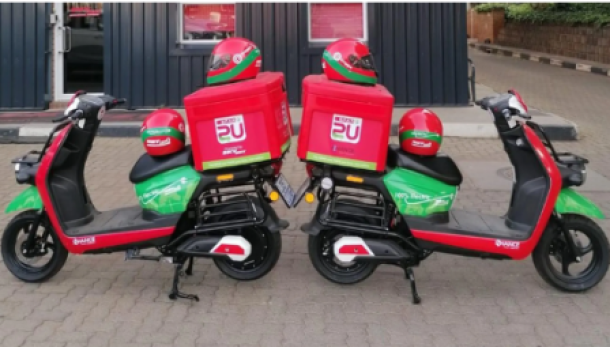
Two local businesses see a gap as food and groc...
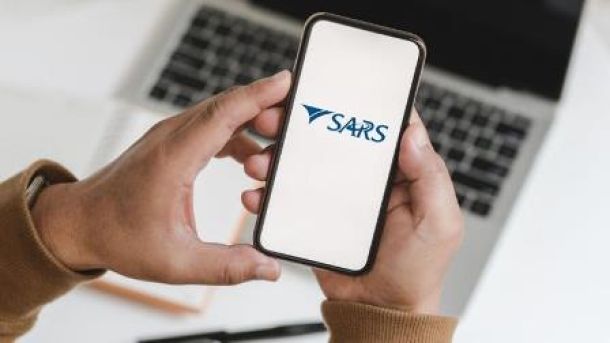
SARS launches WhatsApp channel to help check ta...
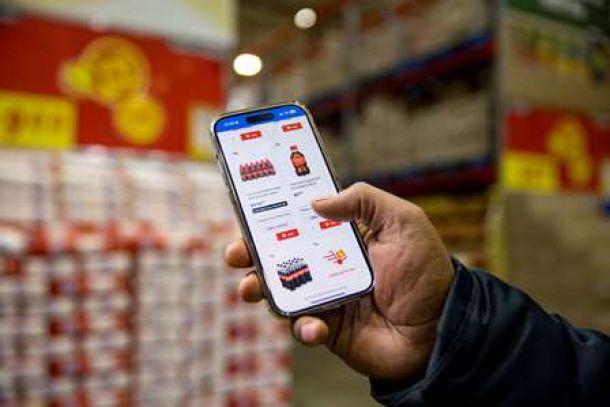
Shoprite launches online shopping and bulk deli...
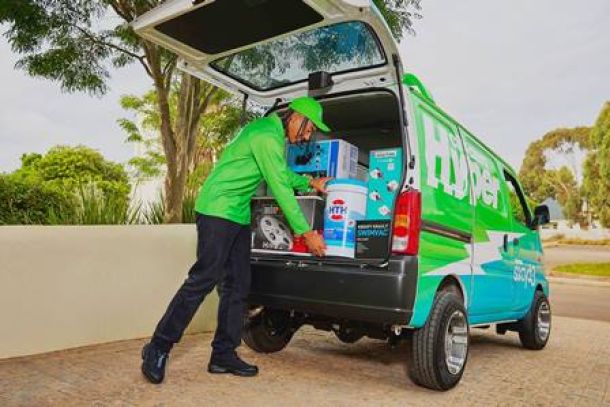
Sixty60 promises lightning-fast delivery of 10 ...
